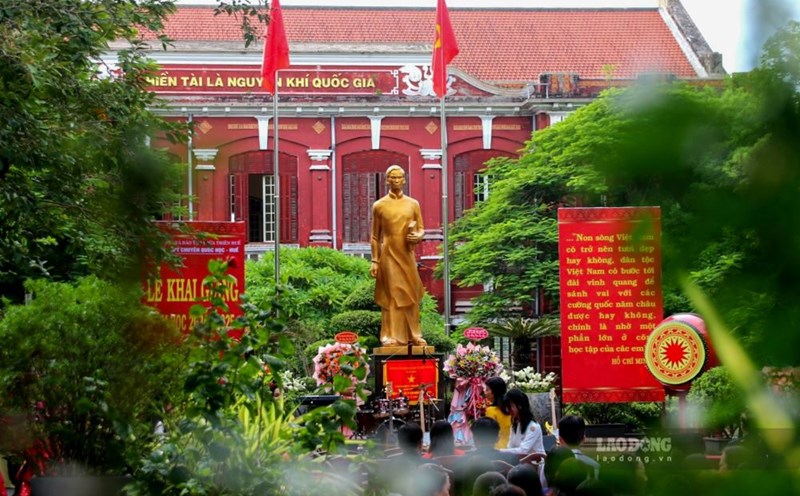The busy day of the US president
The presidents seem to work everywhere: Mobilizing themselves and aspiring politicians, promoting their agendas in the public and Congress, and even hosting the winning sports teams at the White House.
But exactly how does a US presidential day look like? Becoming president is not only about giving public speeches and holding ceremonial meetings with foreign leaders, but also about running a daily apparatus that personal personal personal personal personal monitor - CEO of the White House Transit Project, a nonpartisan organization that helps transfer US presidential governments - described as being larger and more impactful than CEO role at a large global company.
One way to evaluate work is to measure how many hours a commander-in-chief works per day. In recent decades, US presidents have almost immediately started working more on the first day - Sullivan, who is also a guest lecturer at the University of North Carolina at Chapel Hill, said.
In the unpublished data released by Sullivan on the first 100 days of Dwight Eisenhower's presidency to George H.W. Bush (from 1998 to 1993), each president has worked more than 10% longer from the first day of office to the 100th day.
"Even President Jimmy Carter's extremely long working day (a 17.4 hour average) has increased by 8% from his first to 100th day in office," he told Live Science.
Time allocation
If Presidents are raising their working hours, what will they spend their time on? The answer is that they spend more time exactly what many people think a president should do - for example, as the commander-in-chief of the country, and less time on party-wing issues.
According to Sullivan data, on average, about 35% of the president's term is spent as commander-in-chief or head of the armed forces authorized by the US Constitution, or as the country's diplomatic commander.
31% of the president's time is spent on legislative tasks, such as meeting with congressional leaders and signing laws, and managing the White House, which means supervising the work of the chief of staff and other senior assistants. On average, the president spends only about 1.4% of his time managing the economy, perhaps because that role is often assigned to experts in the field, according to Sullivan.
About 9% of the president's time is spent on tasks related to political leadership and the media. The remaining time of the president's day is spent traveling and personal time.
The president's daily diary
anyone who is curious about any day of US presidents in the past century can easily find out on the Internet. Starting with Franklin D. Roosevelt's tenure in 2013, presidents have kept "daily records" and many of those records can be found online at various presidential libraries, according to John Woolley, co-director of the US presidential Project at the University of California, Santa Barbara (UCSB). The UCSB project also hopes to become a comprehensive online repository for presidential documents.
The document gives you a real sense of what the president has done, in contrast to the schedule of key events published to the press and the public, Woolley told Live Science.
According to the White House Historical Association, the diaries of modern presidents are compiled by employees of the National Archives under the authority of the 1978 Presidential Records Act, from sources including the president's daily schedule, the Secret Service's diaries and notes from White House staff.
For example, on July 2, 1964, President Lyndon B. Johnson started his day at 9 a.m. with breakfast with his wife Lady Bird Johnson, according to the diary of that day kept by the LBJ Presidential Library. On this day, there were signings of the bill, meetings with lawmakers, ambassadors and cabinets. There is even a section saying that President Johnson sent a handwritten letter to victims' daughter on his 17th birthday.
It was not until It was 6:45 p.m. that Johnson signed one of the most important laws of the 20th century: the Civil Rights Act of 1964, According to the diary, the day ended at 10:46 p.m. after Johnson read the documents on a presidential plane en route to LBJ Farm in Texas and fell asleep.
Although there are limitations in logs due to national security issues, in general, daily logs are a gold mine of data.









